Key Takeaway
K-5 implementation of blended learning in a district school serving students in a suburban setting.
Core strategies include working in multi-grade-level teams, providing an inclusion approach for students with special education needs, creating flexible learning spaces throughout a traditional school building, providing personalization through Learner Pathways, and leveraging single-point rubrics to provide more detailed feedback to students working towards mastery.
Interesting or unique highlights to check out: Offering Opportunity Hour each Friday as an enrichment program that also enables core content teachers to meet in Professional Learning Communities.
Experience Overview
NOTE: The following school profile is a snapshot of a moment in time, therefore some school structures, models, and strategies may have changed since publication.
Trailblazer Elementary School in Colorado’s District 11 serves approximately 350 students (2017) in Colorado Springs. The school’s vision is to empower each child with the tools and competencies to lead themselves, lead others, and influence the world. To accomplish this, Trailblazer enables college and career readiness through a commitment to: collaborative learning for all, personalized learning experiences, and competencies that are connected to passions and real world learning opportunities.
Trailblazer shifted to its blended learning model in 2015 under District 11’s Next Generation Learning initiative, which aimed to redesign the educational experience to promote outcomes in five key competency areas: academic, professional, personal, entrepreneurial, and civic. In this model students engage in personalized learning experiences and competencies that are connected to real world learning opportunities and their individual passions and interests.
As of Spring 2017, they are two years into this shift. They have introduced many personalized learning strategies and started to design their mastery-based learning system. Trailblazer views their work on a continuum through which they are able to meet individual teacher’s needs. Some classes currently look more traditional and others are more personalized, based on where each teacher falls on that continuum. Over the coming years, they hope to transition to a fully personalized, mastery-based system.
Learning In Action
Students at Trailblazer are provided with significant choice and voice throughout their school day. Most content area blocks start with a pre-assessment that identifies a student’s skill level. Based on these data, students select an appropriate “Learner Pathway”, which offers additional choices. Student choices include, but are not limited to: when they work on a specific skill, which learning resources they use to learn the skill, and how they demonstrate mastery.
Through this structure and with focused teacher support throughout the block, students work at their own pace on a specific learning target or activity and access specific resources through one-on-one time, small group, and individualized instruction. Diverse learners are fully integrated into general education classrooms.
Students at Trailblazer are provided additional choice throughout the school week during elective Genius and Opportunity Hours. Genius Hour, facilitated by core teachers, offers students a chance to create a passion project that focuses on a key area of interest. Opportunity Hour, facilitated by enrichment teachers, allows students to choose from a variety of non-core content topics, such as circus skills or learning to play chess.
To read more about learning in action at Trailblazer, check out a Day in the Life of a Future Trailblazer Student.
If you are interested in seeing more from Trailblazer, come visit a few classrooms virtually by checking out some extended clips of classroom footage and see the strategies in action!
Teaching In Action
Teachers at Trailblazer have shifted their instruction to create a more personalized learning environment for their students through the creation and updating of individualized Learner Pathways. To do this, teachers regularly use formative data to better understand their students needs and progress. Data discussions throughout the day and week help teachers monitor student progress and identify areas of growth.
Teachers meet every other Friday for a deep dive into student data during Professional Learning Communities (PLCs). These PLCs are made possible by non-core teachers providing Opportunity Hour to students during that time. Common challenges that surface during PLCs are collected and then often incorporated into trainings during weekly staff professional development. Teachers also experience blended supports for their professional learning-- each teacher has a personalized development plan, which they work on with a coach throughout the year, utilizing individual and online instruction to meet their needs.
Strategies
When designing their next-generation learning experience, the team at Trailblazer Elementary School wanted to work with its existing staffing and physical resources to create a new, sustainable model. To accomplish this, the team flexes resources to push beyond conventional structures and use cases. Trailblazer fully integrates special education teachers into classrooms and also has staff work on teams across multiple grade levels. The school offers students voice and choice – students have a say over almost all aspects of their learning, from environment to interviewing potential new hires.
Trailblazer integrates blended learning instruction throughout the school day. The structural model used is primarily rotational – lower grade students tend to rotate through stations and higher grade students rotate more flexibly based on individual needs and plans. Some examples of rotations at Trailblazer include manipulatives, group work, independent work, technology, and teacher time. Student performance on initial content-block assessments are used to identify differentiated Learner Pathways, which help students identify the instructional resources they need as well as their schedule for a content block.
Trailblazer has intentionally avoided a 1:1 device approach. As one educator noted, “We don’t need a device for every learner all of the time, because learners will be on technology but they’ll also have opportunities for face-to-face instruction, [...] hands on work, [and] collaboration.” While the ratio of students to devices is around 1.2:1, Trailblazer deploys these devices based on task and need. Teachers have a high degree of autonomy when choosing which software tools to use on these devices, including ST Math, Mystery Science, Plickers, and more. When selecting programs used across the school, Trailblazer uses the same structured short-cycle innovation approach used to test and pilot other schoolwide innovations.
Trailblazer relies heavily on formative assessments and online program data to track student progress. The school also feels strongly that mastery-based learning is critical to its model and mindset-building goals. While shifting to mastery-based learning, Trailblazer first trained its staff on mastery-based practices, starting with the “why” by building educators' understanding of mastery and how it can improve their students’ education experience. Then, the school developed a common scoring rubric for assessment and connected outcome-aligned units and activities.
Targeted and Relevant
Actively Engaging
Growth Oriented
Conditions for Success
Educators seeking to try out this model with their students should keep the following key conditions for the work in mind:
- Staffing: Trailblazer has a typical staffing model, but teachers work in very flexible and collaborative ways across multi-age classrooms, and special education staff are fully integrated into these teams. This non-traditional way of working requires teachers to have content expertise beyond just their assigned grade level (supported of course through digital content and teacher teaming) as well as have a team-oriented mindset.
- Teacher Support: Teachers receive an hour of planning time four times per week and can use it to plan collaboratively. They also meet in Professional Learning Communities for one hour every other week.
- Space: The model utilizes a traditional elementary school structure. However, the school did utilize grant funding to redesign its media center.
- Devices: Trailblazer does not utilize a 1:1 device approach. However, teachers use both laptops and iPads in the classroom to support technology-based rotation time.
- Content: This model relies on the availability of online learning programs and assessments. The cost need not be high, but availability of these resources is a must to allow students to work at their own pace.
- Broadband/Connectivity: Students must have adequate connectivity at all times.
Replication and Scale
Trailblazer is in its second year of implementing blended and personalized instruction across the entire elementary school in all content areas and grade levels. Components of this model are now being scaled across Colorado Springs District 11.
This scaling and replication is supported by Trailblazer’s commitment to model sustainability. On the whole, the school has reallocated and flexed existing resources instead of relying on new ones. Trailblazer employs a mix of devices and software (both free and purchased) to meet their instructional technology needs within a reasonable budget. Key enablers to their model, such as flexible use of time and space, are done within a traditional school building and schedule.
Explore More School Models

Lovett Elementary in Chicago provides blended and personalized learning to its...
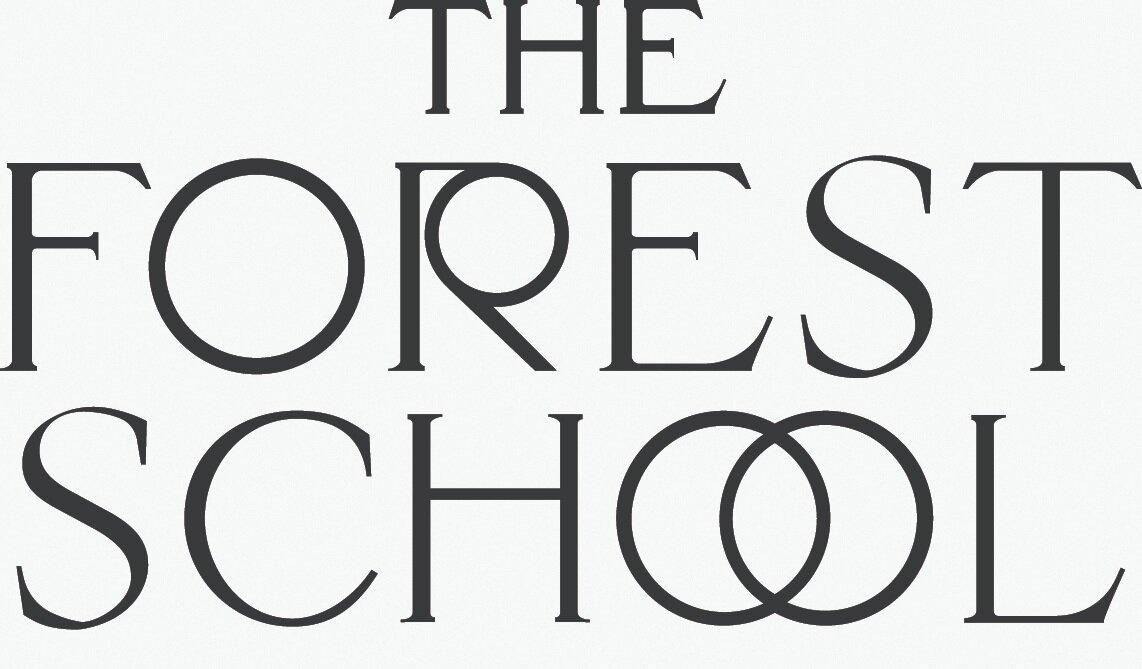
The Forest School Online is a small, independent, tuition-based virtual school...
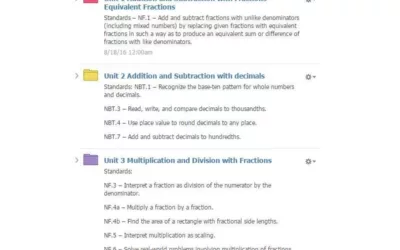

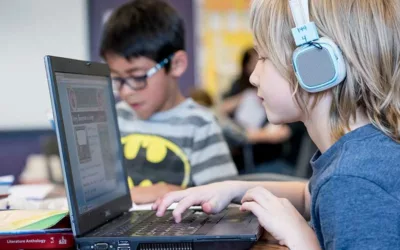
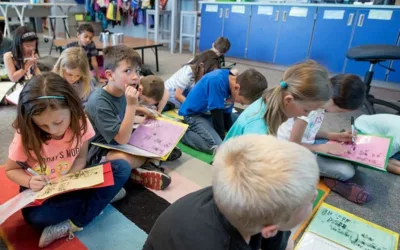
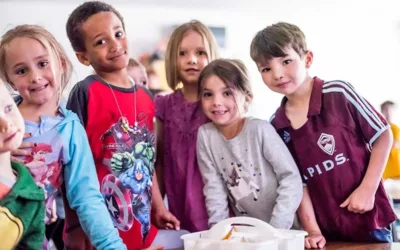
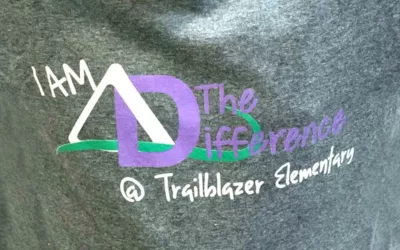

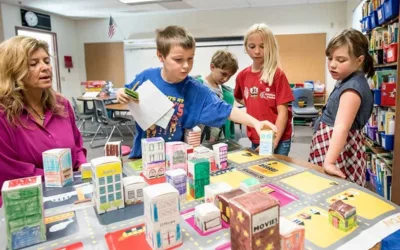


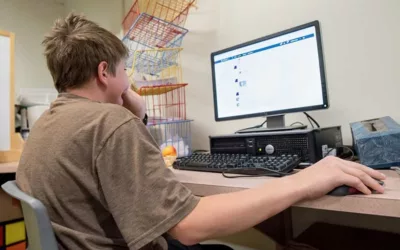
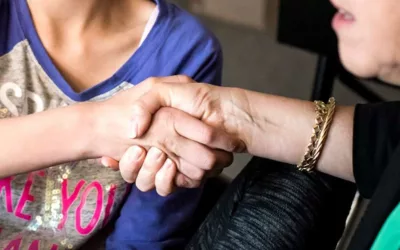
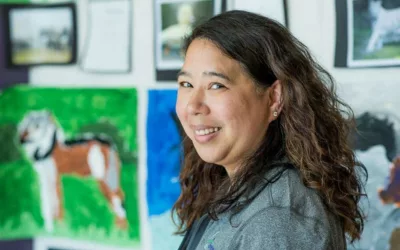

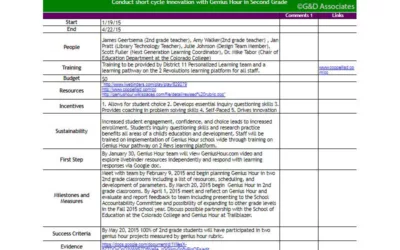
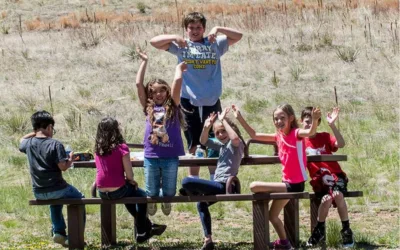
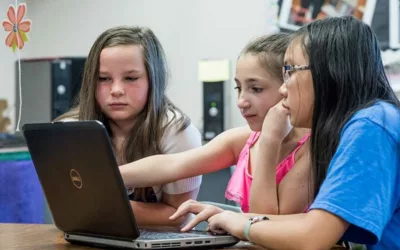
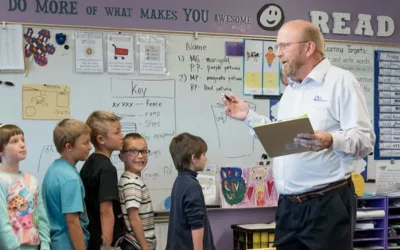
Socially Connected
Authentic inquiry and application, Choice and agency, Community and civic connection, Goal-setting and planning, Self-directed learning
Genius Hour
Self-paced passion projects that students pursue through inquiry-based learning
Grade-level learning, Peer learning and collaboration, Staffing Model
Trailblazer's Cross Grade-Level Teams
Working in teams across multiple grade levels to create more flexibility
Differentiated pathways and materials, Individual and small-group instruction, Progress monitoring and reporting, Relationship and trust building
Inclusion Approach to Special Education
Integrating special education teachers into general education classrooms